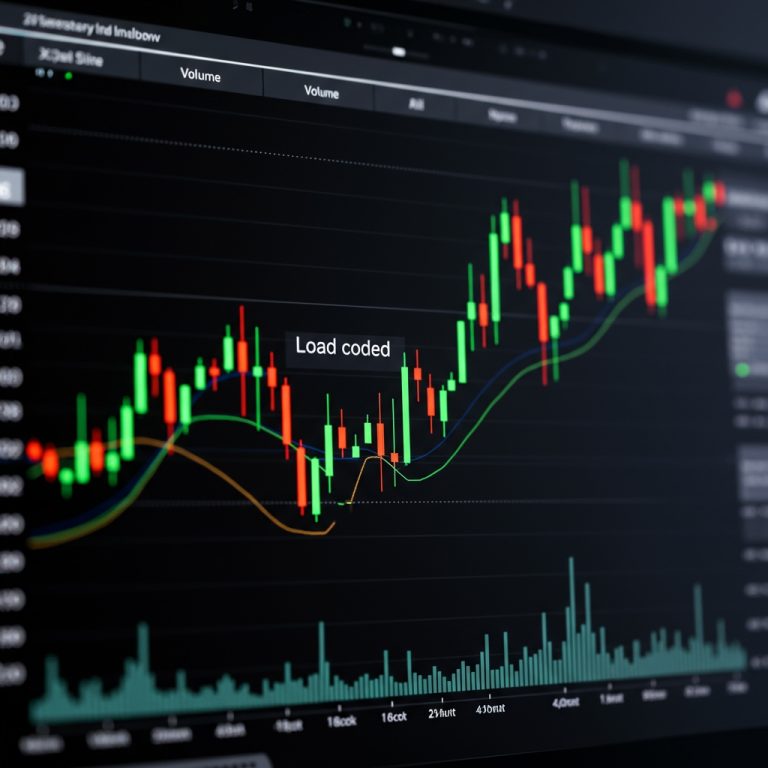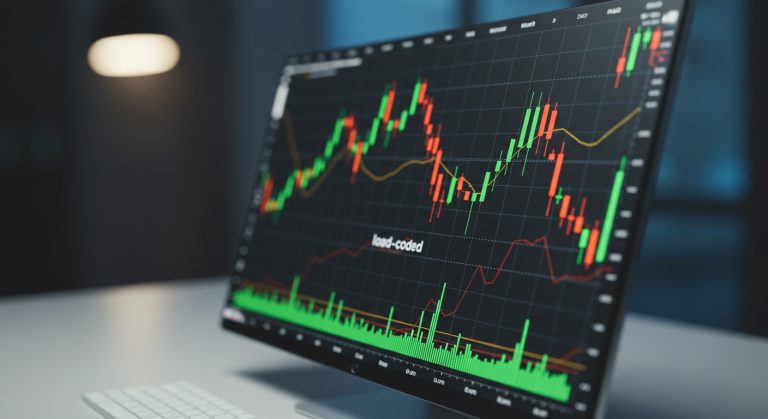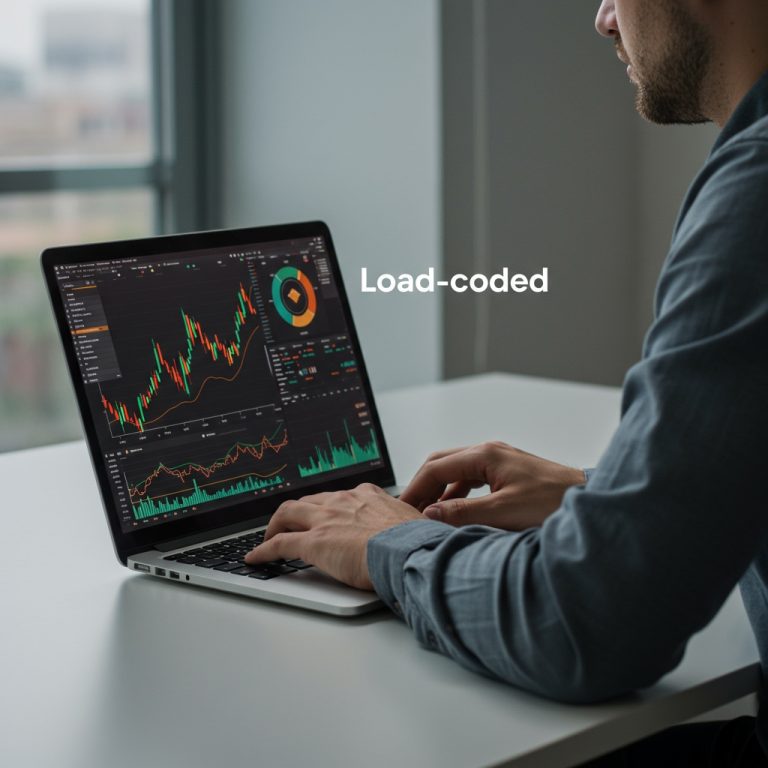Cryptocurrency Daily Trading Strategy (Best Practice)
Check-out cryptocurrency daily trading strategy best Practice so-far , Master the best practices for cryptocurrency daily trading with this in-depth guide. Discover proven strategies, essential tools, and expert tips to succeed in the fast-paced world of crypto day trading. let’s get started by defining what daily trading means.
What Is Day Trading?
Day trading is a short-term trading strategy where traders buy and sell financial assets—such as stocks, forex, or cryptocurrencies—within the same day. The goal is to profit from small price movements that occur during a single trading session.
In the cryptocurrency market, day trading typically involves opening and closing trades in a matter of minutes to a few hours, never holding a position overnight. This approach relies heavily on technical analysis, real-time data, and quick decision-making.
Key Features of Day Trading:
- Short-Term Focus: Trades are opened and closed within the same day.
- High Volume of Trades: Day traders often make multiple trades per day.
- Leverage Use: Many day traders use leverage to amplify gains (and losses).
- Market Volatility: Crypto day traders thrive on high volatility for quick profit opportunities.
- No Overnight Risk: Positions are closed before the end of the day to avoid unexpected market movements during off-hours.
Example in Crypto:
A trader might buy Solana (SOL) at $142 in the morning and sell it at $147 within a few hours, locking in a small profit. Doing this multiple times across different assets can generate significant gains- but also carries risk.
Top Strategies for Daily Crypto Trading
Top strategies for daily crypto trading include scalping, which targets small, frequent profits; range trading, which exploits predictable price levels; and breakout trading, which capitalizes on sudden price movements. Successful traders also use technical indicators like RSI, MACD, and moving averages. Risk management, setting stop-losses, and staying updated with market news are crucial for consistent results.
>>>Cryptocurrency Daily Trading Strategy (Best Practice) Still on Topic Discussion<<<
How Much Can a Crypto Day Trader Make?
Crypto day trader earnings vary based on skill, experience, strategy, and market volatility. While some experienced traders make hundreds or even thousands of dollars per day, others may incur significant losses. Profitability depends on factors like coin volatility (e.g., BTC, ETH), disciplined risk management, and the frequency of trades—especially with strategies like scalping.
Can Day Trading Make a Living?
Yes, day trading can make a living for skilled and disciplined individuals, but it’s not guaranteed. Success requires consistent strategy, risk control, and deep market knowledge. Beginners should focus on learning and practicing before depending on it for full-time income. Profitable traders often invest in education, tools, and experience to stay competitive in the market.
How To Start Day Trading Cryptocurrency
Starting cryptocurrency day trading involves several key steps to ensure you’re set up for success and minimize risks. Here’s a quick guide:
Educate Yourself
Learn the basics of crypto markets, trading strategies, and technical analysis. Understand concepts like candlestick charts, support/resistance, and common indicators.
Choose a Reliable Exchange
Select a reputable crypto trading platform like Binance, Coinbase Pro, or Kraken that offers low fees, strong security, and good liquidity.
Fund Your Account
Deposit a small, manageable amount of capital you can afford to lose. Start small and increase gradually as you gain confidence.
Pick a Trading Strategy
Choose a proven strategy like scalping, breakout trading, or momentum trading—and stick with it. Avoid switching strategies too frequently.
Use Technical Tools
Utilize tools such as RSI, MACD, Bollinger Bands, and moving averages to analyze price movements and spot trade opportunities.
Practice Risk Management
Set stop-loss and take-profit levels. Never risk more than 1–2% of your trading capital on a single trade.
Start With a Demo or Small Live Trades
Use demo accounts or make small real trades to gain experience without risking much capital.
Track and Adjust
Keep a trading journal to track your trades, wins, and losses. Review and adjust your strategy as needed.
Is Crypto Day Trading Worth it?

Crypto day trading can be worth it for those who are willing to invest time in learning, developing skills, and managing risks effectively. It offers the potential for quick profits thanks to the market’s high volatility, but it also carries significant risks, including large losses. Success depends on discipline, strategy, and emotional control without these, day trading can quickly become costly.
High-Profit Potential: Short-term trading strategies offer the chance to earn rapid profits.
Flexibility: Trade anytime and anywhere, making it ideal for remote and flexible work schedules.
However, day trading cryptocurrency comes with some potential drawbacks. It demands intense focus and a considerable time commitment. Additionally, the same market volatility that creates profit opportunities can also result in significant losses if you lack discipline.
That said, if you stay disciplined, well-informed, and use a strong risk management strategy, crypto day trading can be a highly rewarding venture.
What Are the Best Indicators for Day Trading Cryptocurrency?
The best indicators for crypto day trading help traders identify entry and exit points amid volatile price movements. Popular choices include the Relative Strength Index (RSI), which signals overbought or oversold conditions; Moving Average Convergence Divergence (MACD), useful for spotting trend changes; and Bollinger Bands, which highlight price volatility and potential breakouts.
Traders also rely on Moving Averages (like the 50-day and 200-day) to gauge trend direction. Combining these indicators with volume analysis and support/resistance levels can improve accuracy and help manage risk effectively in fast-paced crypto markets.
Relative Strength Index (RSI)
The Relative Strength Index (RSI) is a popular momentum oscillator used in cryptocurrency day trading to measure the speed and change of price movements. It ranges from 0 to 100 and helps identify overbought or oversold conditions in the market.
- An RSI above 70 typically indicates that an asset may be overbought, signaling a potential price pullback.
- An RSI below 30 suggests the asset could be oversold, hinting at a possible price rebound.
Traders use RSI to time entries and exits, aiming to buy when prices are oversold and sell when overbought.
Moving Averages (MA)
Moving averages smooth out price data to reveal underlying trends. The two most common types are:
-
Simple Moving Average (SMA): Calculates the average price over a set period (e.g., 20 bars), giving equal weight to each data point.
-
Exponential Moving Average (EMA): Places greater emphasis on recent prices, making it more responsive to new information.
Day traders often use short-term MAs (e.g., 9‑period or 20‑period) to gauge momentum and longer MAs (e.g., 50‑period) to confirm trend direction. Crossovers—when a fast MA crosses above or below a slower MA– signal potential entry or exit points. MAs also act as dynamic support and resistance levels in volatile markets.
MACD (Moving Average Convergence Divergence)
MACD highlights trend reversals and gauges momentum strength. A bullish signal appears when the MACD line crosses above the Signal Line, while a bearish signal occurs when it crosses below. The MACD histogram visualizes the momentum’s intensity, aiding traders in timing their entries and exits.
Volume
Volume tracks trading activity, confirming trends and market sentiment. High volume during price moves reinforces trend strength, while low volume may indicate a weak move. It’s essential for validating breakouts and filtering out false signals.
For best results, combine multiple indicators to gain a comprehensive view. Also, align indicators with your trading timeframe—for instance, rely on RSI for short-term entries and exits.
What Should You Look For When Day Trading Crypto?
When day trading, selecting the right cryptocurrencies is vital. Prioritize assets with high liquidity, notable price swings, and robust market sentiment.
High Volatility
Cryptocurrencies such as Bitcoin and Ethereum frequently experience sharp price swings, offering profit potential in brief time frames. Traders also keep an eye on Solana, whose volatility and expanding ecosystem make it a favored option for short-term trades.
High Liquidity
High trading volume ensures smooth execution, and strong liquidity minimizes slippage—vital for quickly entering or exiting positions.
Market Cap
Large-cap cryptocurrencies typically offer greater stability and are less susceptible to sharp declines, making them a safer entry point for beginners.
Market Sentiment
Keep abreast of news and events that shape market sentiment. Social media buzz, regulatory announcements, and economic shifts can all sway trader behavior.
Resistance Levels
Mapping support and resistance zones pinpoints ideal entry and exit levels, helping to reduce risk and enhance returns.
How Does Market Sentiment Affect Crypto Day Trading?
Market sentiment—the overall mood of traders and investors—profoundly influences crypto day trading. Social media trends, breaking news, and global events can swiftly drive price and volume changes—for instance, a single influential tweet or regulatory announcement can spark rapid market moves.
Leveraging Social Media Trends
Platforms like Reddit and Twitter shape sentiment, and traders can track trending hashtags or leverage sentiment analysis tools to assess the market’s mood.
Responding to News and Events
Positive developments—such as corporate adoption—typically push prices higher, whereas negative events, like regulatory crackdowns, can trigger sell‑offs. Monitoring trustworthy news outlets ensures traders can respond promptly.
Tools for Sentiment Analysis
Specialized tools can track social media metrics—like engagement and sentiment scores—to help anticipate price movements. On-chain analytics platforms offer deeper insights too, for example by monitoring Bitcoin flows into or out of exchanges, which often signal shifts in trader sentiment.
Using both types of tools gives a more complete view of potential market moves. While technical analysis reveals price patterns, sentiment analysis uncovers the human factors behind them, and combining both can lead to smarter trading decisions.
What Are Other Cryptocurrency Trading Strategies?
Diversifying your approach with alternative strategies trading can enhance overall performance.
Arbitrage
Exploit price discrepancies across exchanges by buying low on one platform and selling high on another. This method offers quick, low‑risk profits but demands real‑time monitoring of multiple markets.
Scalping
Target small, frequent gains by executing rapid trades on very short time frames (e.g., 1‑ or 5‑minute charts). Scalping works best with high‑liquidity assets and minimal fees.
Range Trading
Operate within established support and resistance levels when markets lack a clear trend. By buying near support and selling near resistance, traders capitalize on predictable price swings.
HODL (Buy and Hold)
Ignore short‑term volatility and retain assets over the long haul. This passive strategy banks on the asset’s fundamental growth potential over months or years.
Futures Trading
Speculate on an asset’s future price movements without owning it, often using leverage. While leverage can amplify gains, it also heightens risk, so proper risk management is essential.
Is Day Trading Crypto Legal?
Yes—crypto day trading is allowed in most regions, though specific laws differ by location:
Tax Reporting: Many authorities require you to declare capital gains from crypto trades. Be sure to familiarize yourself with your country’s tax rules.
Platform Compliance: Established exchanges like Gemini, Binance, and Coinbase follow local and international regulations, ensuring secure and lawful trading.
Legal Restrictions: Some countries (e.g., China) have banned crypto trading, while others impose various limitations on trading activities.
Research your jurisdiction’s crypto legislation, especially regarding taxation and trading permissions. Choose exchanges that hold the proper licenses and keep thorough records of all buys, sells, deposits, and withdrawals for accurate tax reporting.
Getting to grips with the legal landscape from the outset safeguards your investments and offers peace of mind.
Final Takeaway
Crypto day trading offers an exhilarating yet challenging journey—significant gains are possible if you dedicate time to mastering the market. Staying attuned to price movements and knowing your personal risk threshold will help you trade with greater confidence.
With the right combination of tools, tactics, and ongoing education, you can turn market fluctuations into profit opportunities. Embrace the learning curve, and you’ll find yourself navigating the crypto landscape more effectively.
Ready to dive in? Create your Gemini account today and explore crypto day trading. Whether you’re new to the space or an experienced trader seeking advanced features, join the community of thousands trusting Gemini for their trading needs.











